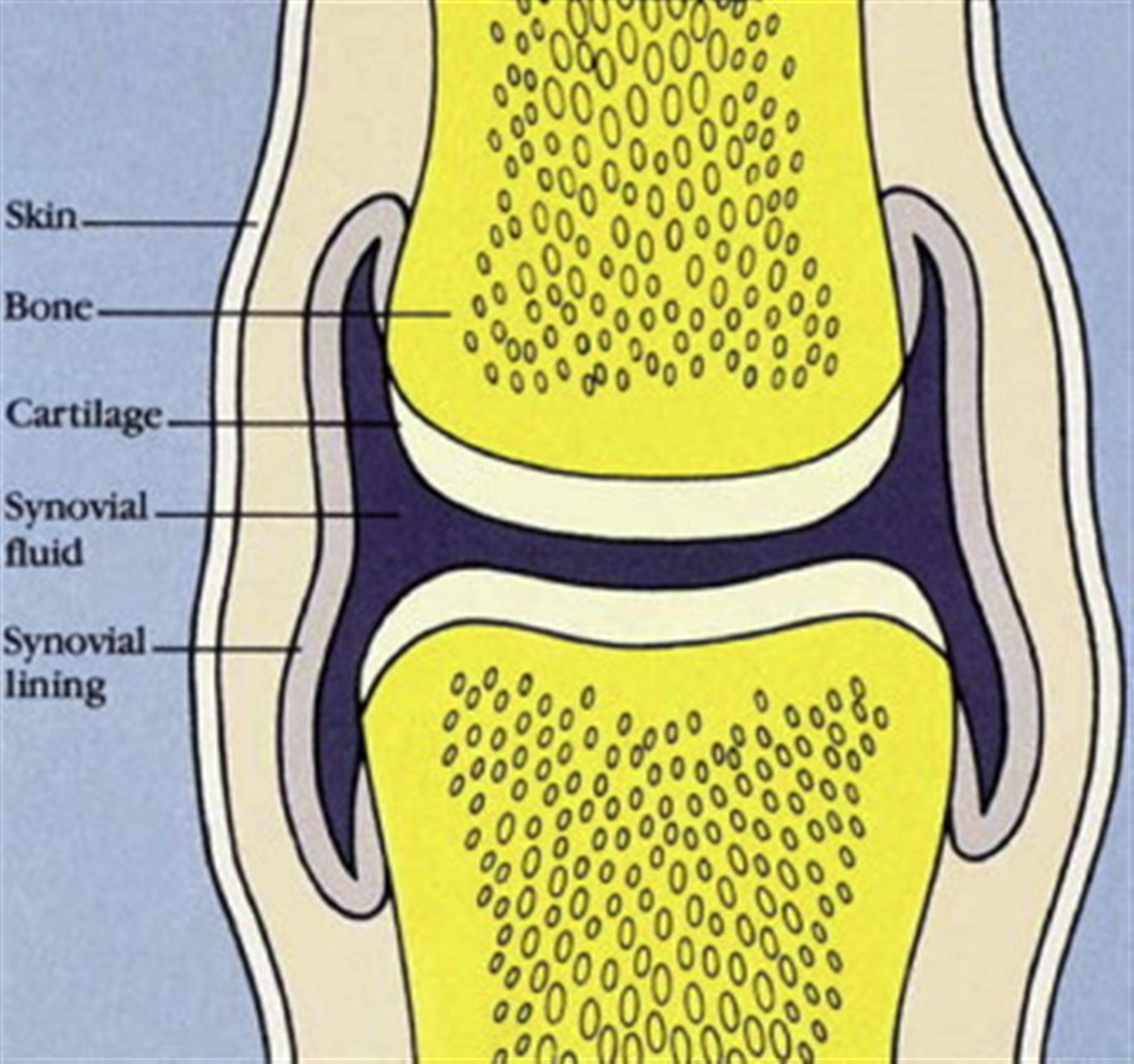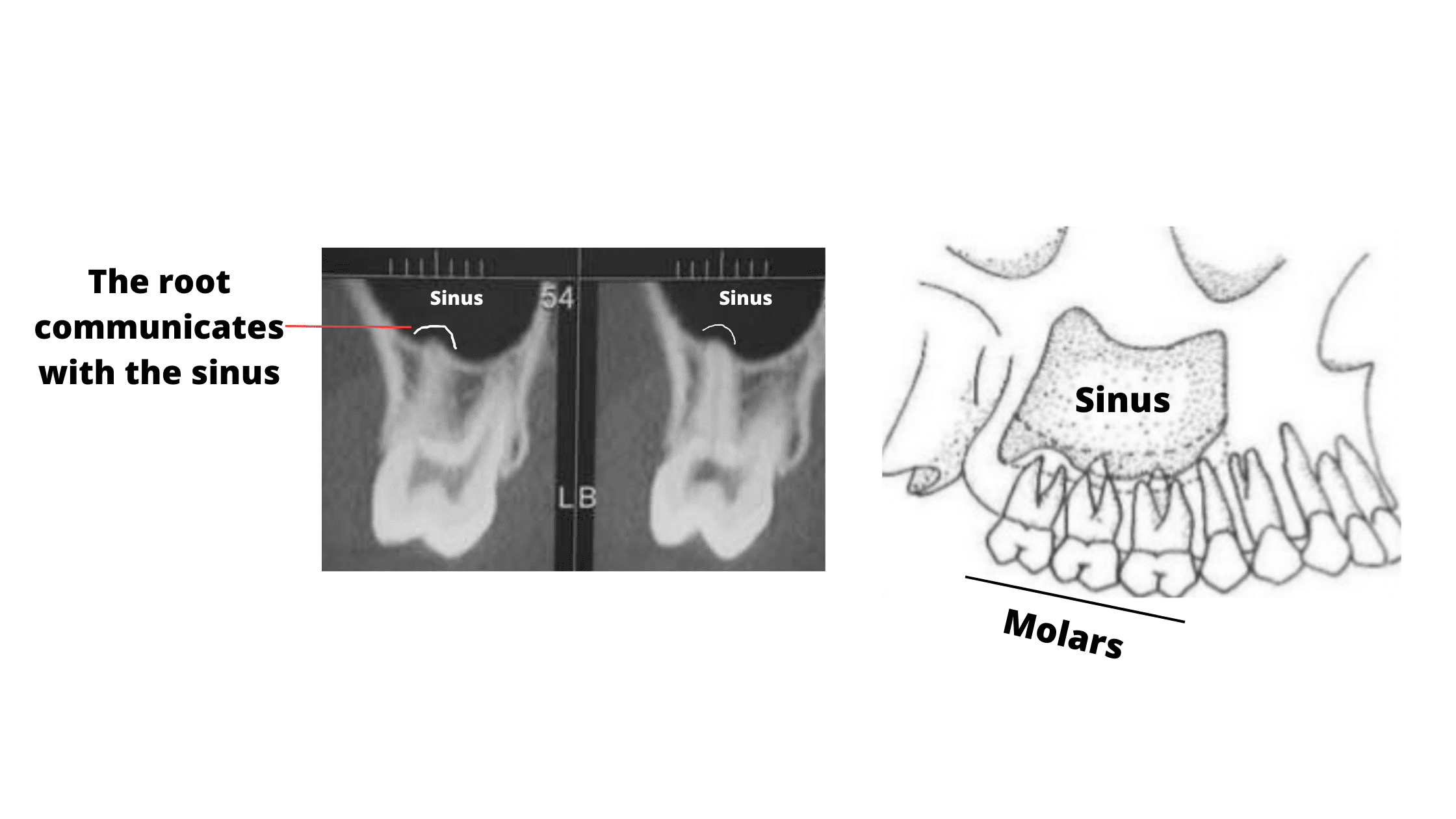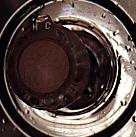Bottle Feeding Cavities
One of the most pressing concerns for parents of infants and toddlers is the health of their child’s teeth. While breast milk is often touted as the ideal nourishment for babies, bottle feeding is a common practice for various reasons, including convenience, supplementing breast milk, or as a necessary alternative. However, a topic of significant interest and debate among pediatricians and dentists is the relationship between bottle feeding and the development of cavities in young children.
At the heart of this issue is the composition of the milk or formula used in bottle feeding and how it interacts with the teeth. Human milk and infant formula contain sugars, which are crucial for a baby’s nutrition and development. However, these sugars can also contribute to the formation of cavities when they come into contact with bacteria in the mouth, producing acid that damages tooth enamel. The frequency and duration of bottle feeding can exacerbate this issue, especially if bottles are used as pacifiers or if feeding occurs frequently throughout the day and night, increasing the exposure of teeth to these sugars.
Understanding the Mechanism
To grasp why bottle feeding might lead to cavities, it’s essential to understand the oral environment and how it changes with feeding. The mouth contains numerous bacteria, some of which are beneficial, while others can be harmful. When sugars from milk or formula are consumed, they provide an energy source for these harmful bacteria, leading to the production of acids. This acidic environment can weaken tooth enamel, making teeth more susceptible to decay.
In addition, the flow of saliva helps to neutralize acids and remineralize teeth, but in young children, especially those who are bottle-fed to sleep, the flow of saliva may be reduced, potentially increasing the risk of cavity formation. Furthermore, good oral hygiene practices, such as cleaning a baby’s gums and teeth after feeding, can be overlooked, contributing to an increased risk of dental problems.
Preventive Measures
Fortunately, there are several preventive measures that parents can take to reduce the risk of cavities associated with bottle feeding:
- Limit the frequency and duration of bottle feeding: Use a bottle only for feeding, and avoid using it as a pacifier. Encourage the child to finish their bottle before bedtime and clean their teeth afterward.
- Choose the right nipple: A nipple with a smaller hole can slow down the flow of milk, reducing the amount of time teeth are exposed to sugars.
- Wipe down gums and teeth: Even before teeth erupt, wiping the gums with a clean cloth after feeding can help reduce bacteria.
- Introduce water: Once the child is old enough (typically around 6 months), offering water after feeding can help rinse the mouth.
- Establish good oral hygiene habits early: As soon as the first tooth appears, start brushing it gently with a child’s toothbrush and a smear of fluoride toothpaste.
- Schedule dental check-ups: The American Academy of Pediatric Dentistry recommends that children visit a dentist by their first birthday or within six months of the eruption of their first tooth.
The Role of Fluoride
Fluoride plays a critical role in preventing tooth decay. It helps to strengthen tooth enamel, making teeth more resistant to acid attacks from plaque bacteria and sugars in the mouth. Fluoride can be introduced through toothpaste, community water fluoridation, and supplements, if recommended by a healthcare provider. However, it’s crucial to follow guidelines carefully to avoid excessive fluoride consumption, which can lead to fluorosis.
Addressing Common Concerns
One common concern among parents is the balance between providing adequate nutrition and minimizing the risk of cavities. It’s essential to remember that bottle feeding, when done properly and with awareness of oral health, can provide necessary nutrients without significantly increasing the risk of dental issues. Another concern is the decision to wean off a bottle, which should ideally happen by the age of 12 to 18 months to avoid prolonged exposure to sugars and to promote healthier feeding habits.
Conclusion
Bottle feeding can be a convenient and sometimes necessary practice for many parents. While it does come with the risk of cavities due to the sugars present in milk and formula, this risk can be mitigated with proper oral hygiene, awareness of feeding practices, and preventive measures. By understanding the causes of bottle feeding cavities and taking proactive steps, parents can help ensure their child develops healthy teeth and a positive relationship with oral health that will last a lifetime.
How often should I clean my baby’s teeth after bottle feeding?
+It’s recommended to clean your baby’s teeth and gums after each feeding, especially before bedtime. Use a clean cloth to wipe down the gums and, once teeth appear, a soft-bristled toothbrush with a smear of fluoride toothpaste.
Can I use a pacifier if I’m bottle feeding?
+While pacifiers can be helpful for soothing, they should not replace a bottle. Limit pacifier use to sleep time or moments of extreme fussiness, and ensure good oral hygiene practices to minimize the risk of dental issues.
How do I know if my child is at risk for cavities from bottle feeding?
+Regular dental check-ups can help identify early signs of tooth decay. Additionally, look for visible signs such as white spots on the teeth or cavities. If you notice any of these, consult with your pediatrician or dentist for advice.



